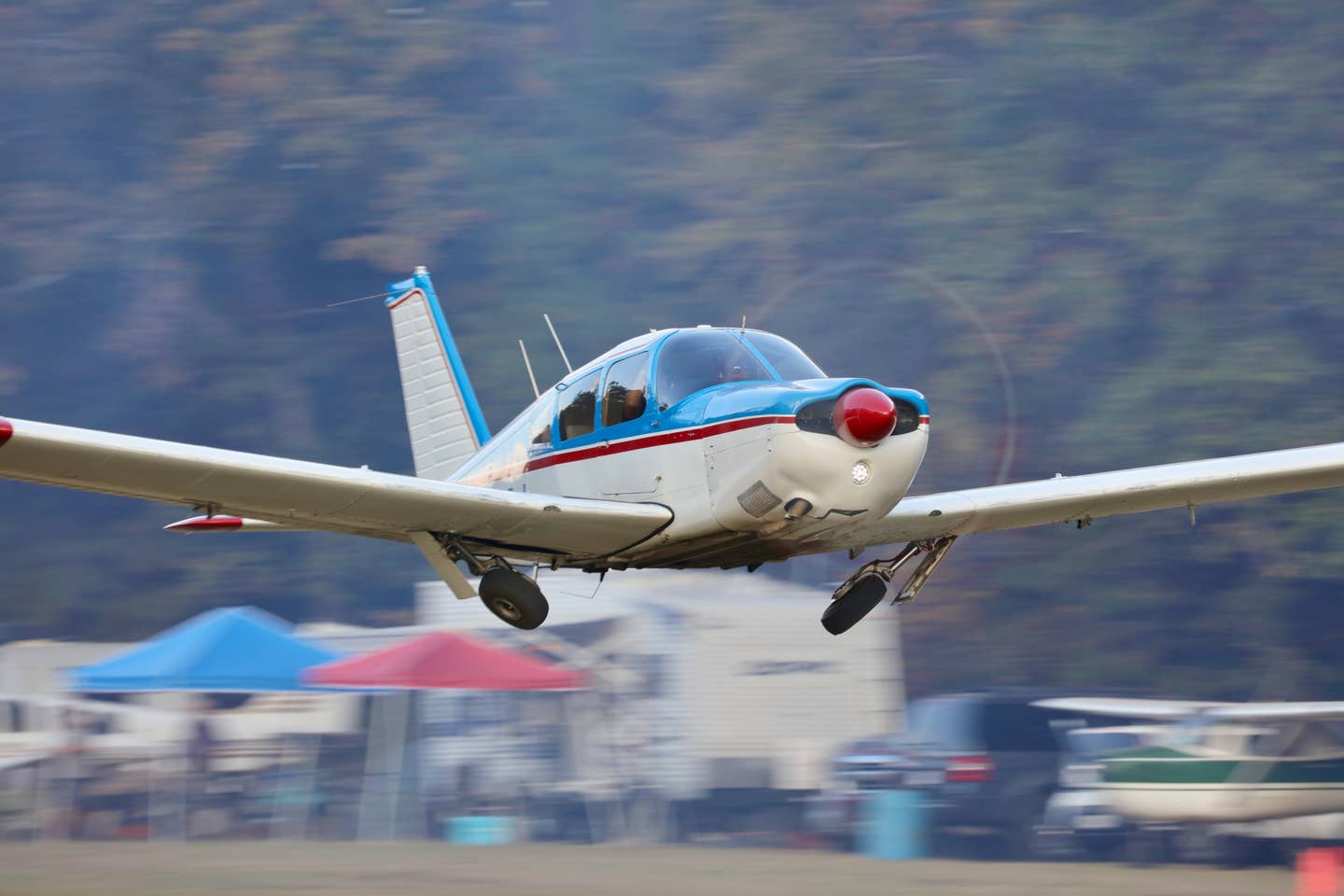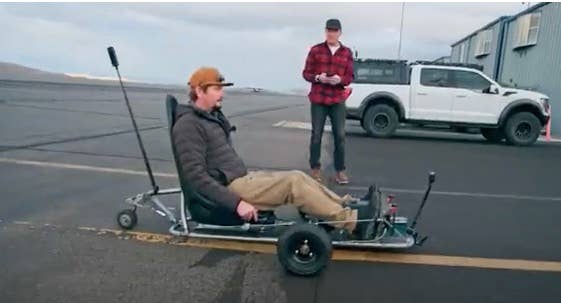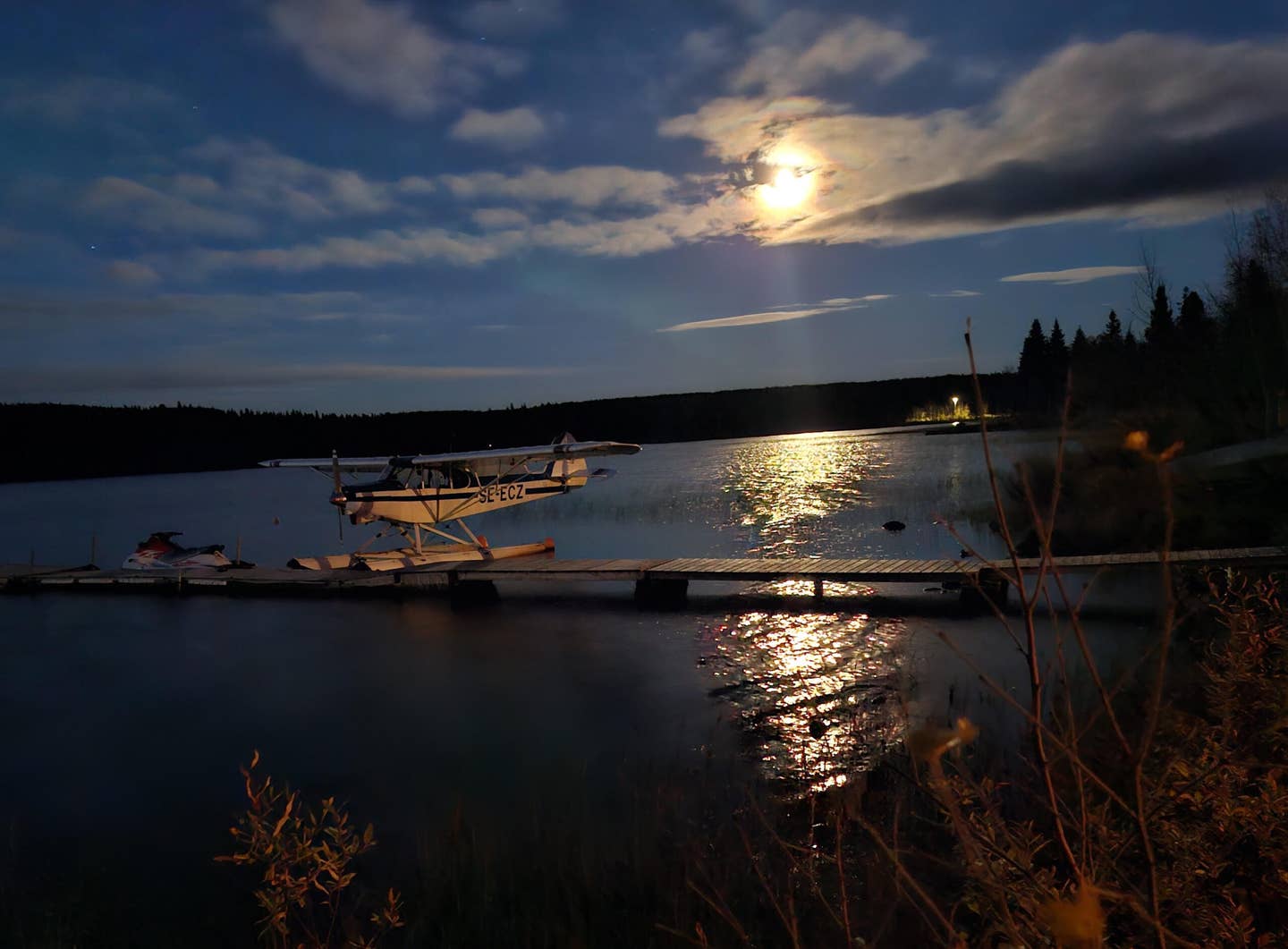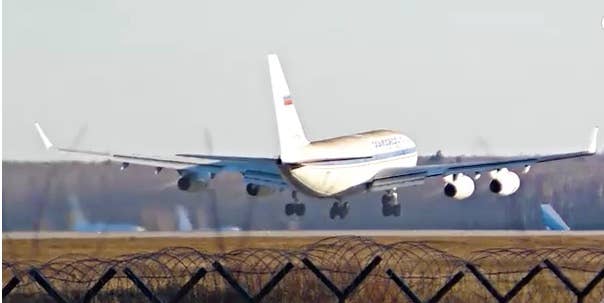Pipistrel’s V300 Autonomous Cargo Aircraft Explained
This week, the innovative Slovenian company Pipistrel Vertical Solutions announced a new autonomous eVTOL aircraft, which it hopes to have in revenue service by 2023. AVweb’s Paul Bertorelli interviewed Tine…
This week, the innovative Slovenian company Pipistrel Vertical Solutions announced a new autonomous eVTOL aircraft, which it hopes to have in revenue service by 2023. AVweb's Paul Bertorelli interviewed Tine Tomazic about the new aircraft.
Paul BertorelliEditor
Related Stories






